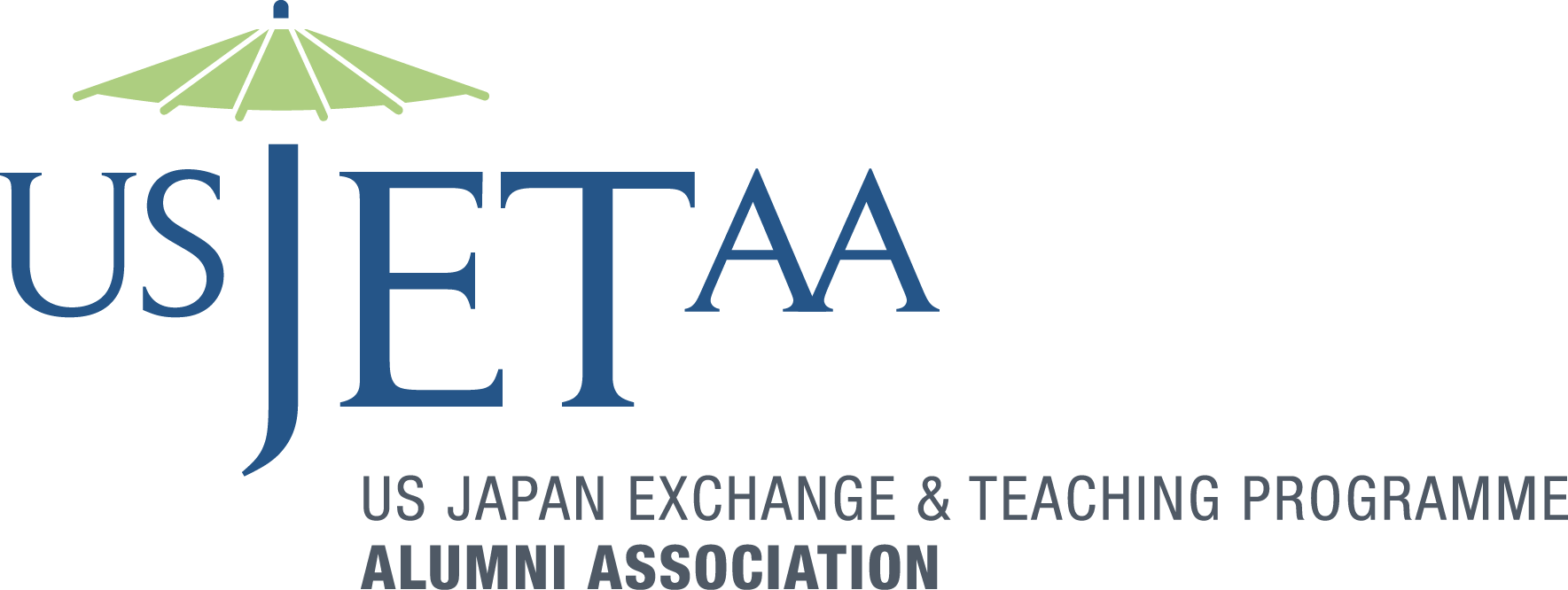Impressing a packed auditorium of adults and children in New York City is no small feat. All eyes and ears were fixed on the performers of all backgrounds wearing white and blue happi, traditional Japanese coats, who joyfully pounded onto the many multi-sized drums while their graceful choreography created a visual display of physical strength and energy during a performance of taiko.
Traditionally, taiko (the Japanese word for drum) was used for ritual ceremonies and festivals. Within the past 50 years, taiko has become a contemporary performing art. Kumi-daiko, meaning a taiko ensemble, was brought to the United States by Japanese immigrants in the west coast in the early 20th century and soon spread to other cities.
Soh Daiko is a city-based taiko drumming group. It was founded within the New York Buddhist Church, which has served the NYC Japanese, Japanese American, and extended community for 80 years. Established in 1979, Soh Daiko is the first taiko group on the east coast of North America. It has well-established roots and to commemorate its 40th anniversary, a special concert was held in June of this year.
“Through those roots, we’ve maintained ties with our local community to continue educating and providing opportunities to experience taiko through performances and hands-on interaction,” said Sarah Gilbert, who has been a Soh Daiko member for 3 years. “As a part of this, we are continually discussing with the community and reflecting internally on what taiko means to us, how our understanding of its cultural roots influences our practice, and how we can continue to grow as representatives of not only this art form, but the community behind it.” Although the current 10 members of Soh Daiko have diverse backgrounds and professions their motivation and objectives are the same; an appreciation of Japanese and Japanese American heritage, a desire to promote and grow an understanding and love for taiko music, and a desire to learn about the history, tradition and values of taiko among other objectives.
“One of the most exciting opportunities that being in Soh Daiko grants me is the chance to work towards a common goal with people who may share different perspectives,” said Nick Loh who is Asian American and a performing member since 2015. Nick was inspired to join the group because of its long history of performing taiko and the possibilities it offers Asian Americans. “Soh Daiko set about to smash the stereotype of the quiet and submissive Asian and I'm proud to continue that legacy,” he said. Tamiko Ooka, a Japanese-American member for about ten years since 2002, first encountered Soh Daiko at age 12 at a workshop, which inspired her to move to NYC and join the group. “I had never seen Asians and Asian females especially be so powerful and dynamic,” she said.
The popular group has made an impact locally and nationally by expanding Americans’ views of Japanese culture through exchange via joint concerts and workshops held at many local cultural festivities and at celebrated venues such as Brooklyn Botanic Gardens’ Cherry Blossom Festival, The Asian/Pacific American Heritage Festival, Japan Day Festival in Central Park, Carnegie Hall, Lincoln Center, the American Museum of Natural History, and Radio City Music Hall. Beyond the United States, Soh Daiko has performed across Canada, Puerto Rico, the United Kingdom, and Japan. “Soh Daiko's founding members have developed long lasting and deep friendships with some of the premier Kumi-Daiko performers in Japan,” says Nick. “These relationships continue as these performers tour and visit us in NYC. As our members go over to Japan and vice versa, the shared bonds of loving taiko continue to draw us closer.”
Soh Daiko continues to create people-to-people connections one beat at a time. “[It] opened the door to a world of wonderful friendships. The taiko community is filled with amazing, kind and talented people!” says Tamiko. The tight bonds made within Soh Daiko reflect the hope and possibilities for broader-level international relations between the United States, Japan and beyond.
Esperanza Urbaez resided in Toyooka City, Hyogo prefecture from 2009 to 2013 as an assistant language teacher on the JET program.
This article is part of a guest-contributor partnership between the East-West Center in Washington and the United States Japan Exchange & Teaching Programme Alumni Association (USJETAA) in which former JET participants contribute articles relating to their experiences in Japan.
The USJETAA is a 501(c)(3) nonprofit educational and cultural organization that promotes grassroots friendship and understanding between the United States and Japan through the personal and professional experiences of over 30,000 Americans who have participated on the JET Programme since its inception in 1987. USJETAA serves as a resource for individual JET alumni, JETAA chapters nationwide, and potential JET participants; supports the leadership of JETAA chapters with programming, membership recruitment, chapter management, leadership, professional development, and fundraising; and, supports the JET Program(me) and engages with the U.S.-Japan community.
